When it comes to water filters, an RO system is among the best options to have to enjoy treated and filtered drinking water. Maintaining a clean reverse osmosis membrane is essential for the continued production of safe drinking water from a reverse osmosis system.
Due to scaling and fouling, which take place over time when the reverse osmosis membrane rejects contaminants from the feed water, all the membranes will need cleaning regularly. Operational costs rise, operational pressures rise, output falls, and quality suffers as a result. Depending on the application, a typical RO system requires membrane cleaning every three to one year. Regular cleanings may not be as effective if they don’t occur regularly.
How to know if my reverse osmosis membrane is bad?
In order for a reverse osmosis system to work properly, the reverse osmosis membrane must be in good condition.
The efficiency of the system in filtering out pollutants drops when there’s wear or damage to the membrane. This, in turn, lowers the water quality. If you want to get a broken reverse osmosis membrane replaced or fixed quickly, you need to know how to recognize the warning signs.
Lukewarm water
When a reverse osmosis purifier is operational, the water it produces should have a normal temperature.
If the water is warmer than usual, or even lukewarm, it could be because of increased pressure within the RO water system. If this is the case, you should get a new membrane because it will likely fail soon.
The water smells or tastes bad
The indications are often really obvious. When water begins to smell funny, even a novice may tell something is amiss.
It may be time to replace the filter components and membrane if the filtered water starts to smell or taste funny.
Examine the system for any signs of water leaks
Checking for water leaks helps identify a problematic reverse osmosis membrane. The presence of leaks may suggest that the membrane is either about to fail or is damaged. The storage tank, faucets, and tubing connections are all potential locations of leakage. Look for moisture, pooling, wet spots, or other obvious indications of water.
Membrane discoloration
Taking the reverse osmosis membrane out of its filter housing reveals the telltale sign of a defective membrane.
A new RO membrane usually has a transparent white hue. Contrarily, pollutants accumulate on the surface of a worn and utilized membrane, giving it an orange, gray, or brown undertone. If your reverse osmosis membrane has become substantially darker since installation, it is time to replace it.
The membrane being cloudy
One sign that minerals are contaminating your reverse osmosis membrane is if you see it starting to get a cloudy look. Pulling minerals out of the feed water could cause them to accumulate on the membrane, which in turn lowers performance.
It is best to replace or clean the membrane before it causes harm to the remaining components of the system if the pollution is due to minerals.
Total deterioration of water quality
The general purity of the filtered water is also of utmost importance. Another indicator that something might be wrong with your reverse osmosis membrane is if the water suddenly starts to taste funny or looks dirty. There is a clear cause for alarm when water tastes bad, is yellowish, cloudy, or murky.
Can you remove the reverse osmosis unit in a water filter?
Removing the RO unit from a water filter may reduce the system’s filtration capacity, but it is possible to do so. One important part that gets rid of contaminants and dissolved solids is the reverse osmosis unit.
How are RO membranes cleaned chemically?
Acidic and alkaline cleaning are the two primary chemical categories that can clean membrane systems. To eliminate inorganic pollutants, such as iron pollution, one uses an acidic cleaning solution. This will help to eliminate organic contaminants, such as microbes; one uses an alkaline cleaning agent.
Choice of cleaning agent
The best way to clean up various pollutants is with specialized chemicals. In most cases, there is more than one pollutant present when pollution takes place. Hence, conventional chemical cleaning must consist of two stages: cleaning with a high pH value and cleaning with a low pH value. A high-pH cleaning solution frequently works best to remove bacterial and oil contaminants, while a low-pH solution works best to remove metal oxides and inorganic scale. There are cases where only one cleaning chemical is employed or when it is acid-washed first and then alkaline-washed.
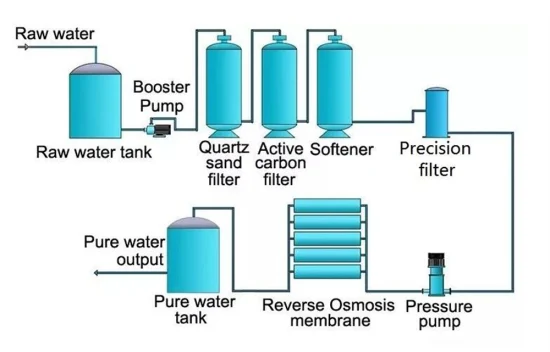 Cleaning using chemicals
Cleaning using chemicals
- Flushing membrane elements:
A few minutes should be spent flushing with water produced using ion exchange, or RO.
Mix the medication thoroughly until it dissolves.
Change the low-flow water in the membrane element, release some of the cleaning solution, and then turn it back on. Starting at five minutes, the cycle operates at a flow rate of 1/3 of the programmed flow. It cycles every 5 to 10 minutes at a rate equal to two-thirds of the programmed flow. It starts to circulate after ten minutes, depending on the flow needed. Each instance is evaluated individually to ascertain the cycle time. On average, it takes about an hour. Keep an eye on the pH level to see whether it changes throughout this time. Maintaining low pressure with minimal permeability is possible. Keep an eye out for any changes in the pressure difference.
- Immersion and recirculation:
Gradually shut off the circulation pump as the volume of circulation approaches zero. After that, shut off the valve at the entrance of the reverse osmosis membrane element. When submerged, the appropriate valve can be closed to stop the liquid from escaping the pressure container. It often takes between one and twelve hours. Recycle after soaking by opening the appropriate valve;
To rinse the chemicals and membrane components of the cleaning equipment, use ion-exchange water or water from an RO system. You should change the system from being in the circulating state to being in the discharging state. Use water from the supply line to flush the RO membrane system. This process typically takes 20 to an hour. Checking the drainage’s conductivity and pH can tell you if the flushing is complete or not. When there’s no change, stop the flushing. The conductivity and pH levels are comparable to those of the incoming water.
It is best to release the initial produced water until the water quality satisfies the standards when the system is started properly.
How does chlorine in water damage RO membranes?
The amount of chlorine that remains in the water can have a significant impact on the effectiveness and longevity of reverse osmosis membrane components. The rate at which the membrane rejects salt can decrease if it comes into contact with residual chlorine, which can induce oxidation. Effectiveness drops, and water quality suffers as a result of this performance drop.
Defending the membranes against chlorine
Having a carbon pre-filtration step in your system is your best bet for protecting your membrane against chlorine attacks. Before free chlorine can reach the reverse osmosis membrane, it will be trapped in its pores.
The good news is that this functionality is standard in the vast majority of reverse osmosis systems. You might also dechlorinate the water that enters your house by installing a point-of-entry carbon filter.
How to tell that my RO membrane is clogged
A decrease in water output and quality can be the first indication that there’s clogging in your reverse osmosis membrane. Presented below are a few specific signs:
The desalination rate and water production reduce when the membrane is operating. This is because changes in the concentration of pH and metal ions cause hydroxide to accumulate.
Coarse discoloration and reduced water output might result from ineffective filters letting particles into the system.
- Decrease in water production
When the amount of water produced begins to decrease, even at standard pressure, it could be an indication that there’s clogging in your reverse osmosis membrane.
Carbonaceous compounds, hydrocarbon derivatives, and microbes can all work together to reduce water production while speeding up the desalination process.
A clog may be present if the pressure differential between the concentrated water and the entering water drops significantly.
- Increased operating pressure
If you need to raise the operating pressure to keep the water production volume at the standard level, the membrane can become clogged.
If water spills after removing the reverse osmosis membrane and pouring it into the inlet side, it means there is a full clog.
Scales will form on the surface of the membrane due to high quantities of magnesium and calcium ions, which will decrease efficiency.
The accumulation of pollutants and particles causes a clogged membrane to grow heavier than its ideal weight.
- The removal rate fluctuates
An alarming change in the reverse osmosis membrane’s removal rate needs serious consideration.
How do you unclog an RO membrane?
Clean frequently
To keep impurities from building up and to maximize water output, clean the membrane often.
Get familiar with your water
Get to know the hardness index and other indicators of water quality in your area. The reverse osmosis membrane can be damaged by high hardness, regardless of a low total dissolved solids index. In order to prolong the membrane’s life, consider adding a water softener beforehand.
If the blockage still happens after taking precautions, here are the steps to take:
- Cleaning using negative pressure
This technique effectively removes pollutants by applying pressure to the membrane’s surface using vacuum suction.
This approach efficiently cleans the membrane by using specific chemical agents.
The process of backflushing involves using a powerful liquid or gas to clean both the outside and inside of the membrane, making it clean again.
Tips on cleaning a reverse osmosis filter system
- Rinse your hands well to remove any debris, and disinfect the surface you will be working on before beginning to clean up the system.
- Draining the chemical cleaner is insufficient. Completely rinsing the system is a must. Make sure the cleaning process does not leave any residue of detergent or chemicals.
- It is important to turn off the water supply to the reverse osmosis system. Turn off the water supply to any other devices that may be using the system until you have finished cleaning.
- Remember to clean the housing for the membrane. Bleach, detergents, and even soaps will work for this. Opt for a bottle brush.
- There are two ways to empty the purifier container: either use the release channel or pour water out of the device directly.
- Reconnect all the lines and reinstall the system. Find any signs of leaks. Always remember to change the filters and membranes.
- Keep the parts together until it’s time to change the filters; otherwise, you can lose them.
- When using chemical cleaners to clean the reverse osmosis, make sure to wear gloves. Pay close attention to the pH value. Get everything set up so that you can administer the optimum amount of chemical cleaner at the correct temperature.
Conclusion
Hiring an expert to clean the reverse osmosis system is the easiest option. Visiting our website will put you in touch with a skilled expert who can assist you with the maintenance of your reverse osmosis membrane. For additional information, feel free to get in touch with us.
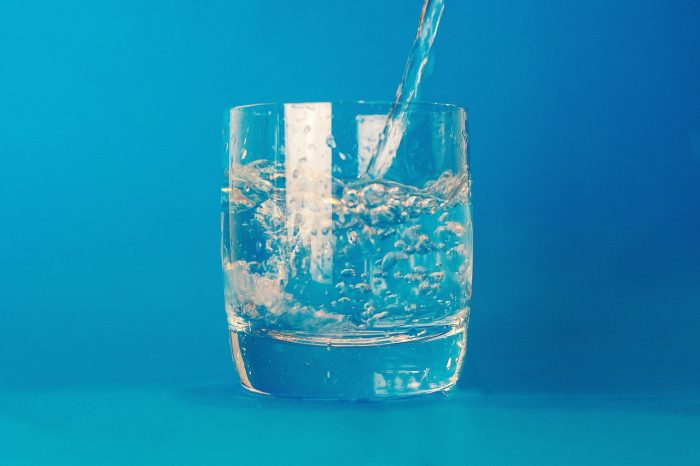

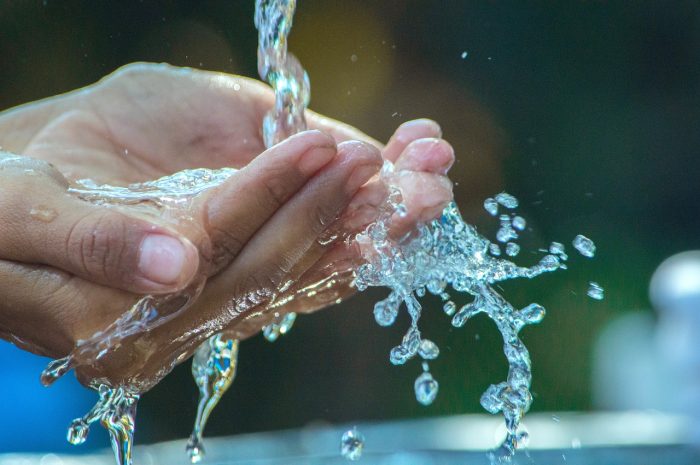
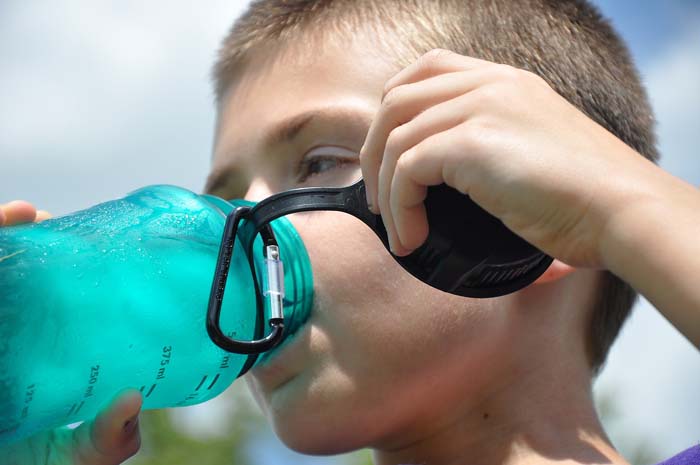 Activated carbon water filters have a shorter lifespan when used frequently and with low-quality water. The amount of water an activated carbon filter can purify depends on the components present in the water source. Lower-quality filters won’t hold up as well over time. Keep in mind that a number of scenario-specific variables impact the amount of time a filter lasts, even if it is of high quality.
Activated carbon water filters have a shorter lifespan when used frequently and with low-quality water. The amount of water an activated carbon filter can purify depends on the components present in the water source. Lower-quality filters won’t hold up as well over time. Keep in mind that a number of scenario-specific variables impact the amount of time a filter lasts, even if it is of high quality.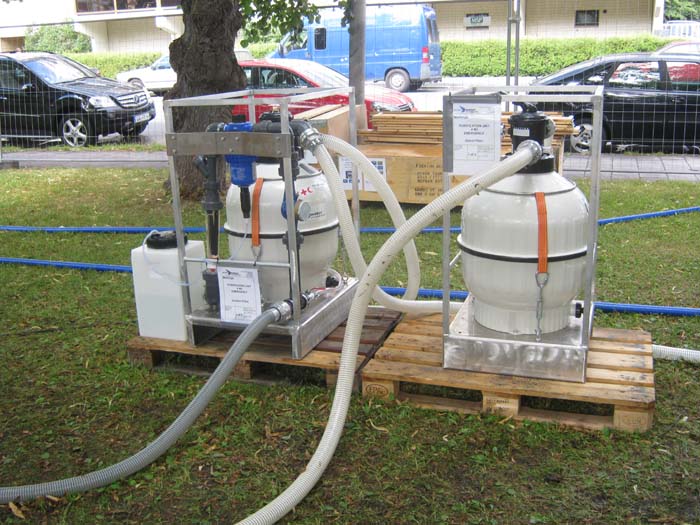
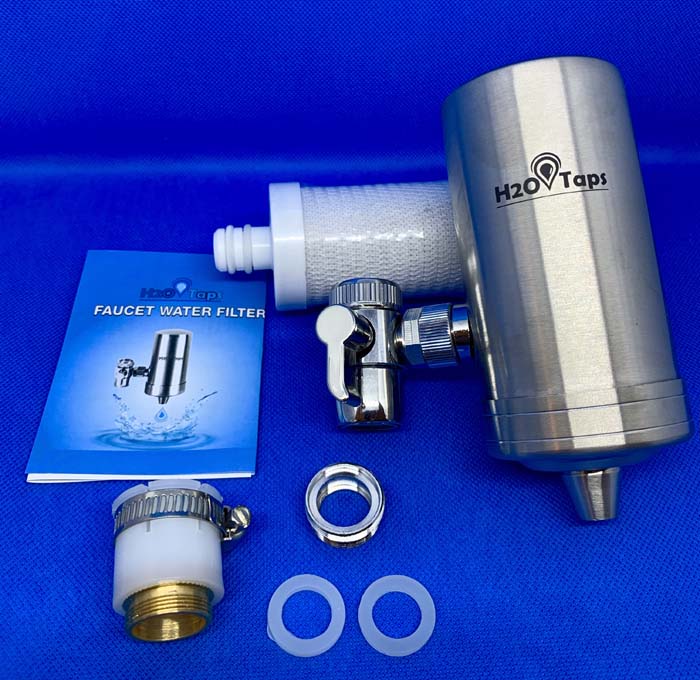 Superior in taste and clarity: It is often believed that filtering water improves its appearance and taste by removing chlorine and minerals.
Superior in taste and clarity: It is often believed that filtering water improves its appearance and taste by removing chlorine and minerals.
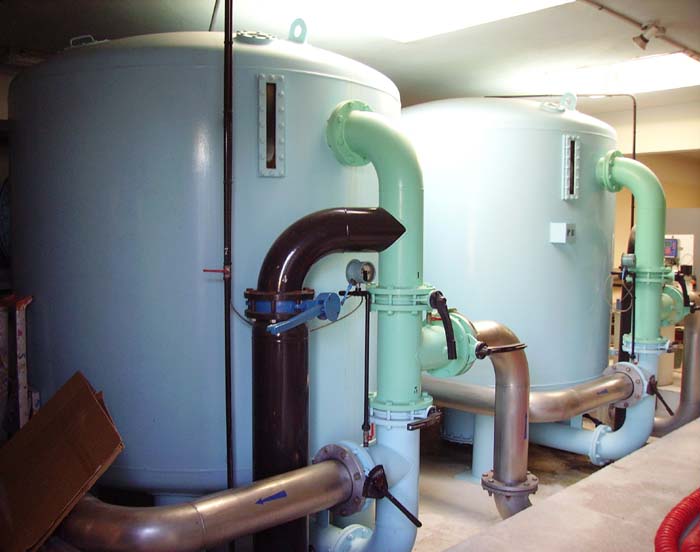

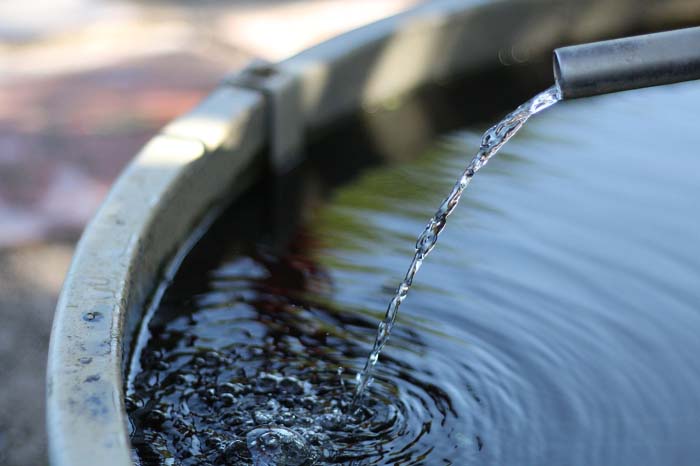
 Cleaning using chemicals
Cleaning using chemicals
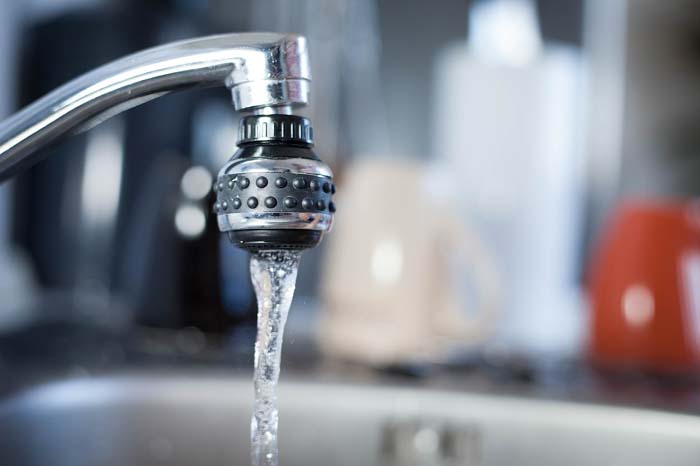 With membrane separation, you can get more done in less time while still getting a higher yield and more purity. Furthermore, there are no expenses linked to the removal and disposal of this residue when using membrane filtration. This is because it does not produce a filter cake.
With membrane separation, you can get more done in less time while still getting a higher yield and more purity. Furthermore, there are no expenses linked to the removal and disposal of this residue when using membrane filtration. This is because it does not produce a filter cake.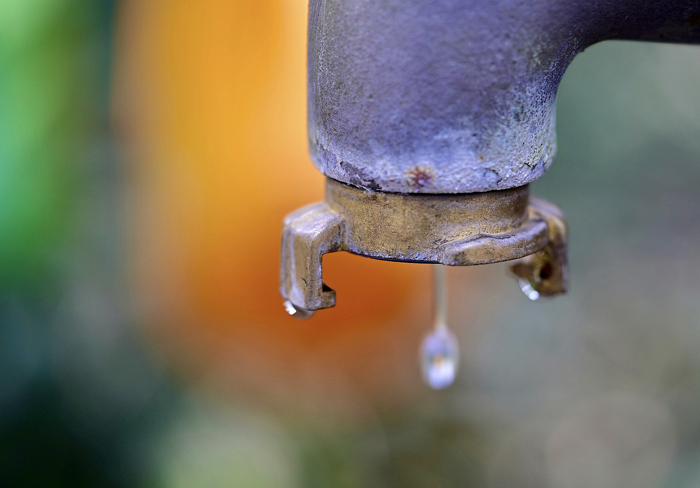
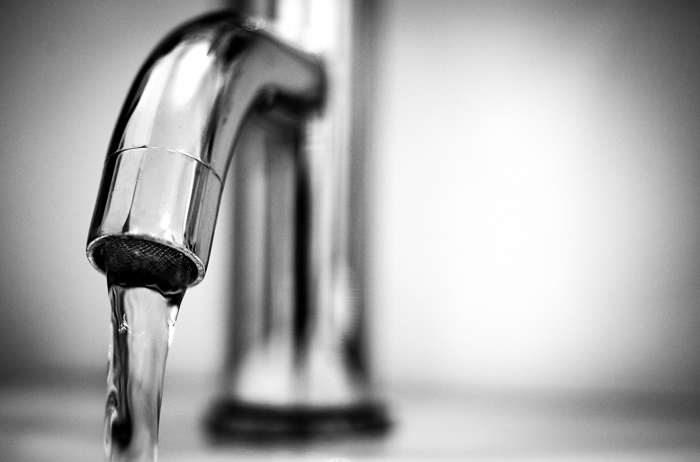 Alkaline Cleaning:
Alkaline Cleaning: